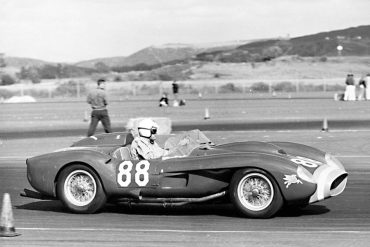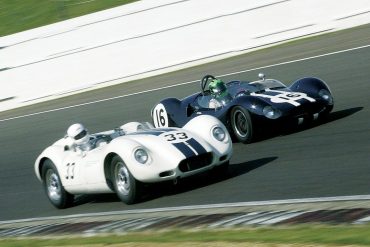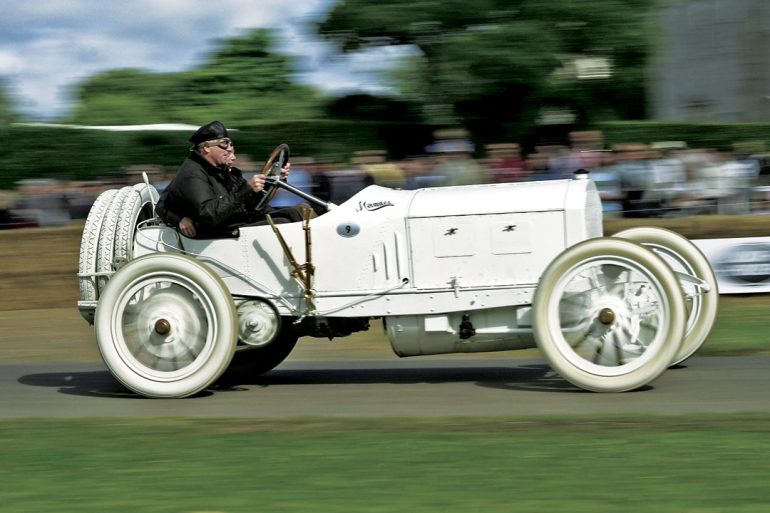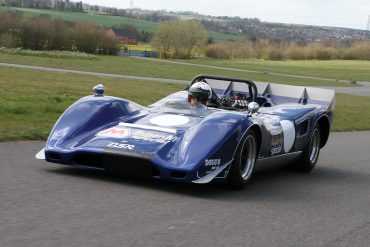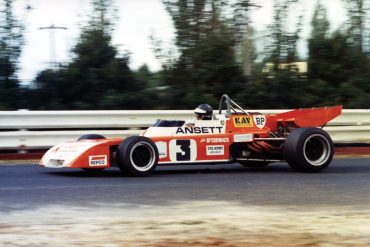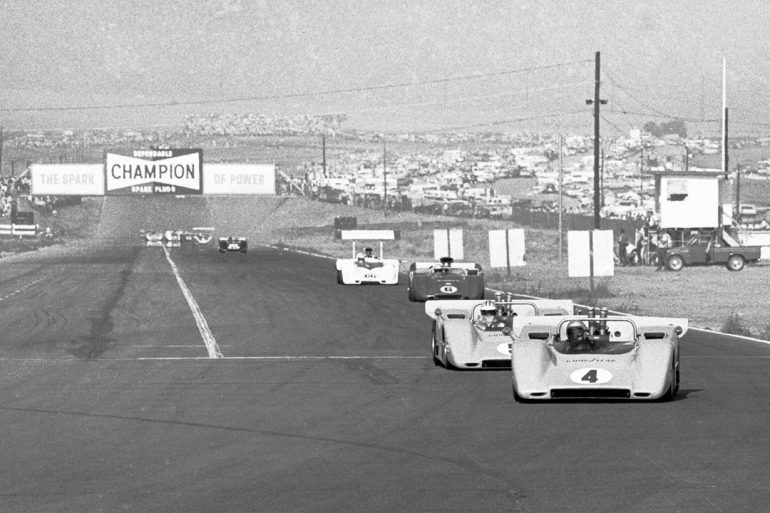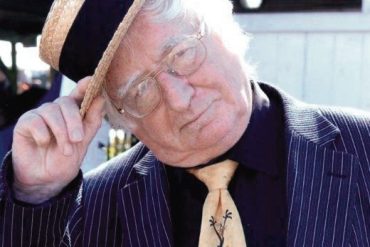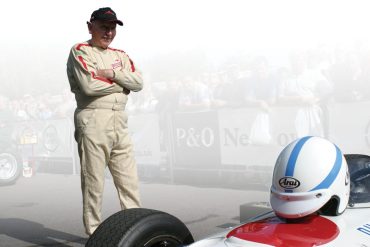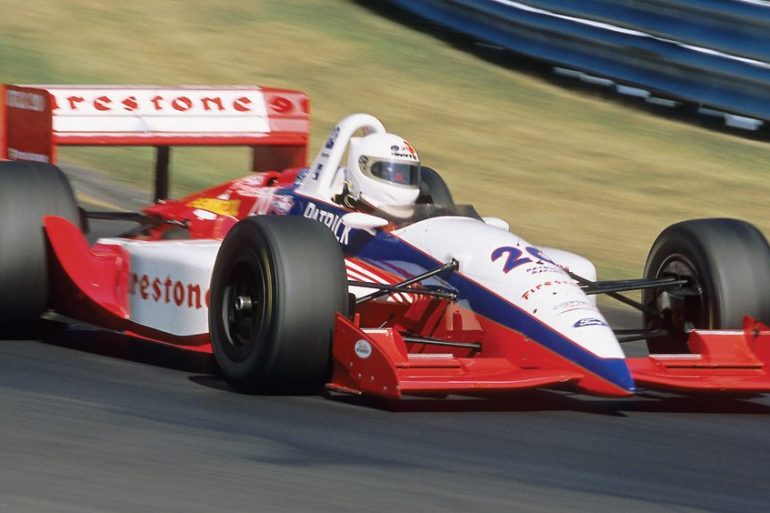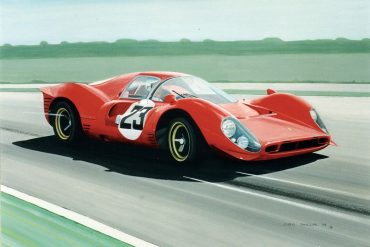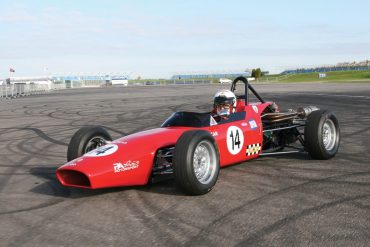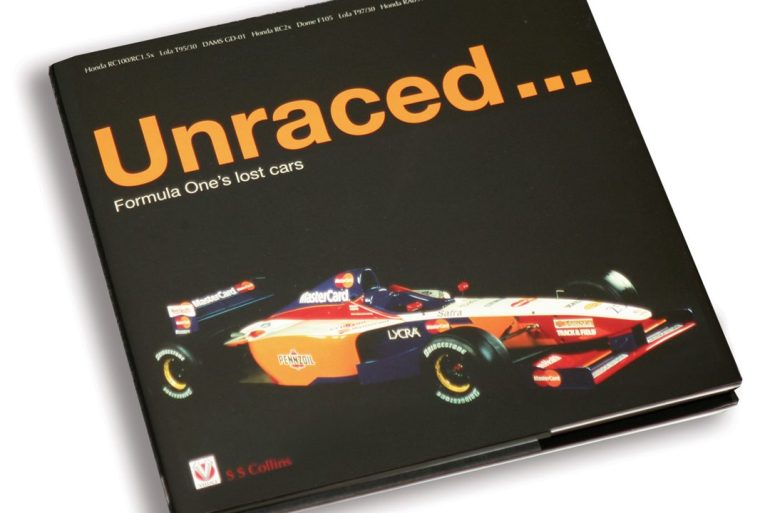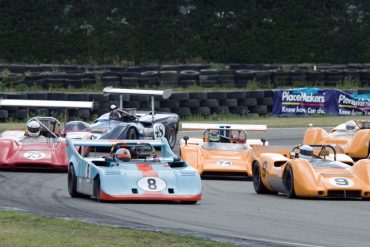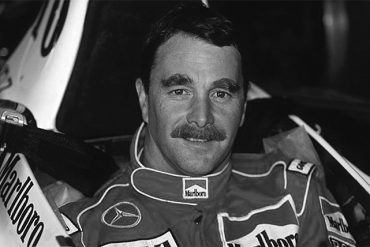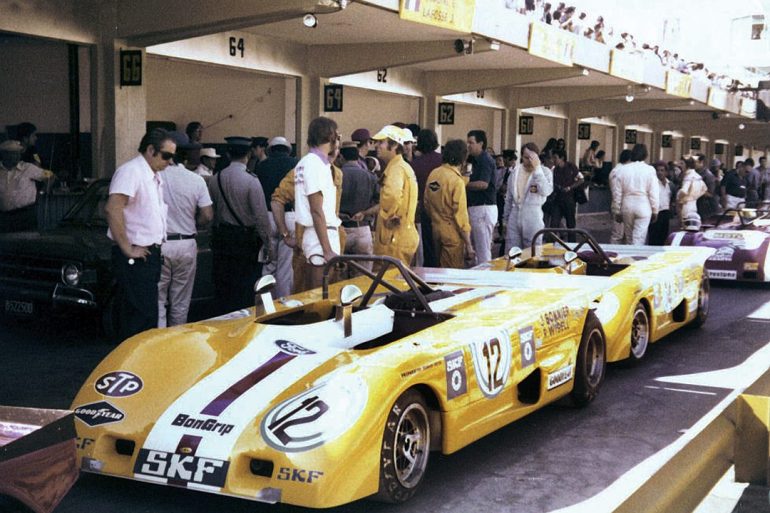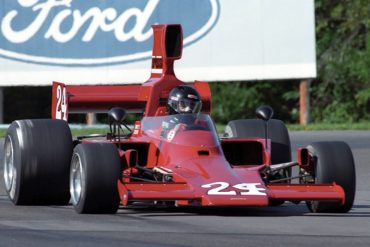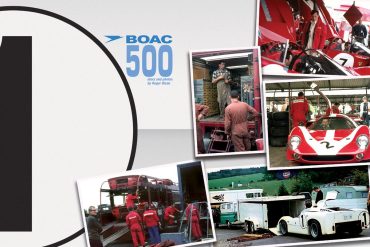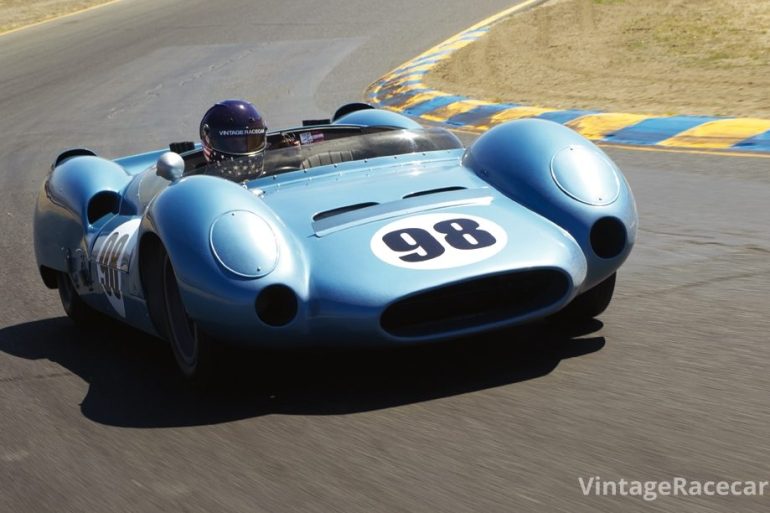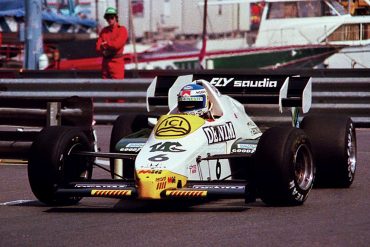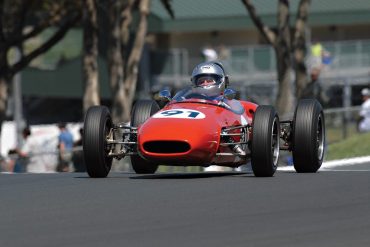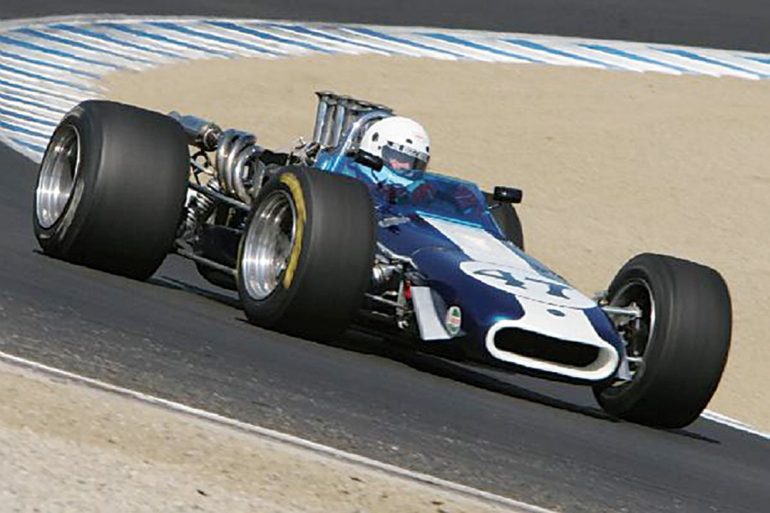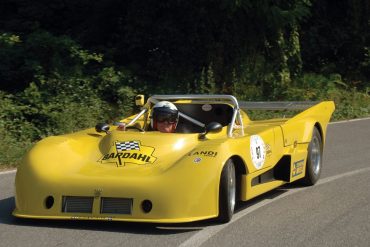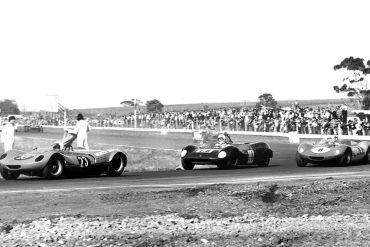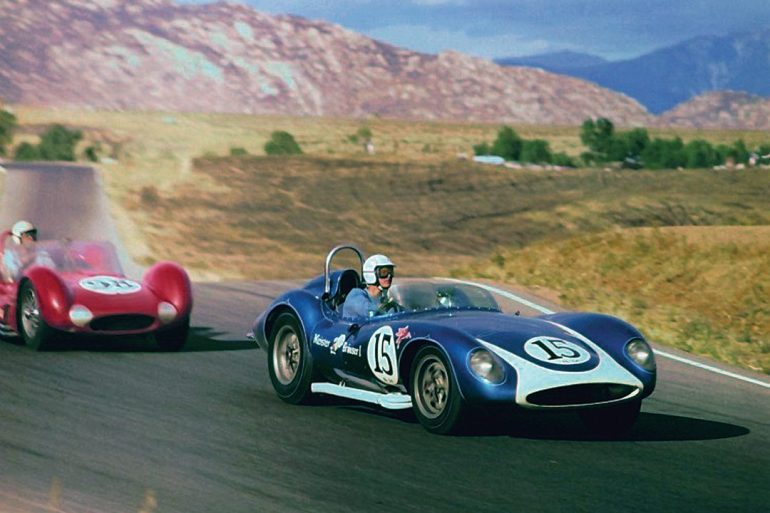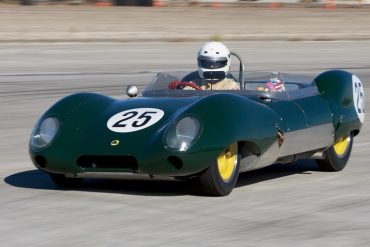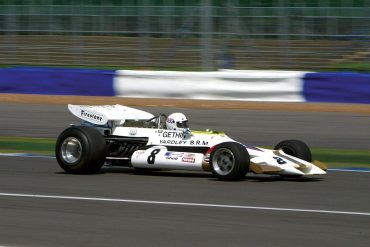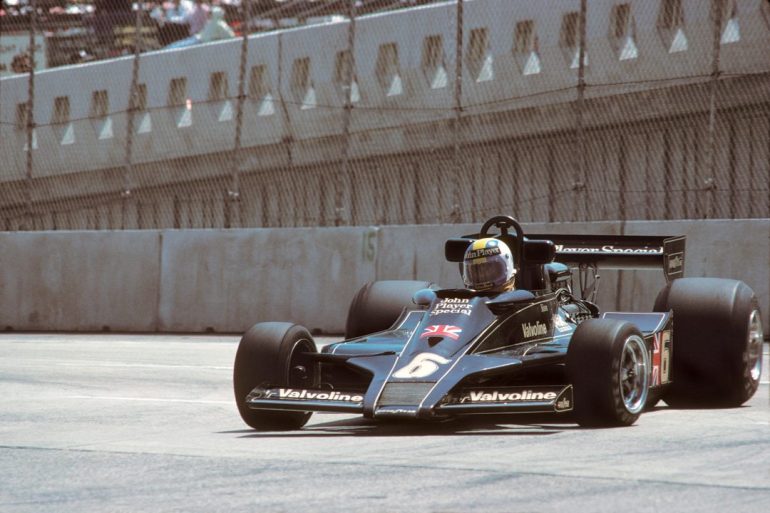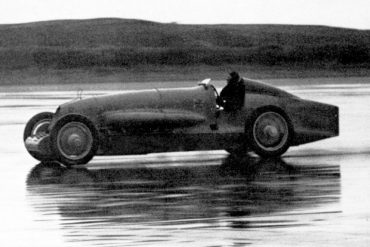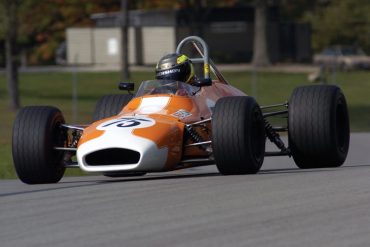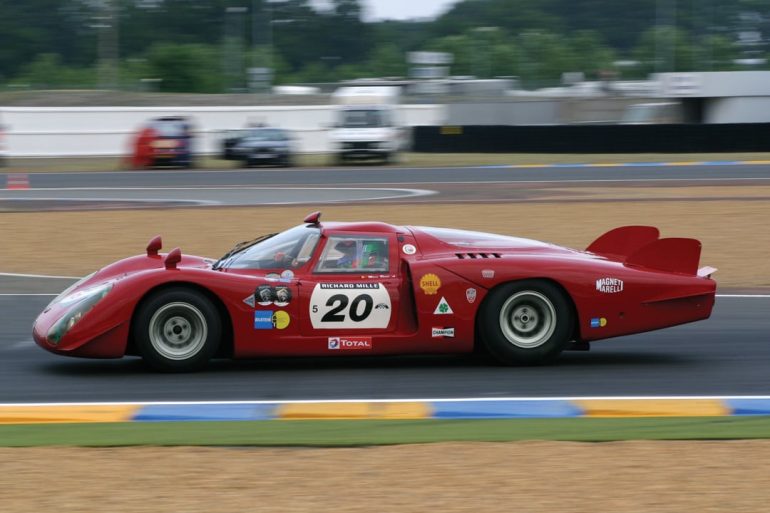The traditional Silverstone Classic, held July 25–27, this year received a real “boost” under the direction of Motion Works Motorsport,...
The Goodwood Festival of Speed, held July 11–13, has grown every year since its inception in 1993 and now stands alone as the premier event offering something for everyone interested in four- or two-wheeled motor sport. What began as a historic motor sport garden party held in the grounds of...
Imagine what it was like for Eric Broadley to have come up with the T70 coupe after the heady days...
Formula 5000 was a racing series for open-wheel, single-seater racing cars built to a specific set of rules. The engine...
Third-time charm! That’s what we Can-Am fans were hoping for 40 Septembers ago. On the first of this month in 1968, our beloved Big Bangers would bellow to life for their third season. Maybe this time the grandly unrestricted sports cars, stunningly powerful and torque-rich machines that were faster than...
This year, Crosslé, Lola, and Mallock will all celebrate their fiftieth anniversaries. The exact date of each birthday is unknown,...
John Surtees, the only man yet to win World Championships on both two and four wheels, has been named an...
Al Holbert—winner at Daytona, Sebring, and many times at Le Mans; Peter Gregg—4 times winner at Daytona; and Jim Busby—2 times winner at Le Mans, were the great drivers I looked up to, and tried to learn from when I first went racing. Yes, they are all men, but the...
The Ferrari 330 P4 was the Scuderia’s weapon of choice for the 1967 World Manufacturers Championship. The car’s 4-liter V-12...
Formula Ford was a specification racing series created on the idea that the best drivers would win if all were...
July 2008 Gentleman Jack By Graham Gauld If you know who Jack Sears is, this book will fill in all the detail, and if you don’t, then read it anyway as a good example of how things were done in motor sport back in the 1950s and ’60s. No Subscription?...
New Zealand—the homeland of the two most famous drivers of the Can-Am series, Bruce McLaren and Denny Hulme—was the host...
Nigel Mansell Biography Nigel Ernest James Mansell OBE was born the 8th of August 1953 in Upton-upon-Severn, Worcestershire, England. His...
I worked as the chief engineer at Lola (1969–1981) during one of their most productive and interesting periods. The number of fascinating incidents that happened during that period is endless. Not long after I joined Lola, at their factory in Slough, which must have been around 1970, we had a...
The Vintage Automobile Racing Association of Canada (VARAC) and Lola Heritage announce that the 29th Annual Vintage Festival at Mosport...
I can think of very few businesses—aside from magazine publishing—where the odds are more stacked against you than being a racecar manufacturer. Your product is multifaceted and technologically complicated, yet you have usually less than 12 months available to go from new design to finished product. Production requires expensive and...
My favorite Williams Formula One car, I designed, is the FW08—the car Keke Rosberg used to win the 1982 drivers...
The Formula Junior category was introduced in Italy in 1958 by Count Giovanni Lurani, and in 1959, it became an...
Started in 1968 as Formula A in the United States, Formula 5000, as it became known, featured open-wheeled “Formula One–style” cars powered by 5-liter, normally aspirated, V-8 engines. In its heyday, in the mid-1970s, F5000 attracted big-name drivers like Mario Andretti, Bobby Unser, Sr., Jody Scheckter, and Brian Redman, piloting...
1972 Lola T290-Tecno Here is your first question for 10 points: How many racing car manufacturers have been going nonstop...
One of the enduring aspects of vintage racing is the camaraderie that develops between racers. With cars and racing as...
Augie Pabst is one of the practitioners of the skillful art of road racing from the early days of North American road racing. He began as did so many others of his contemporaries in the 1950s, went on to race with Briggs Cunningham’s team, and from there went to the...
Two-liter sports racing cars have always had a place to compete within the ever-changing regulations of international motor sports: the...
I would rather be remembered as somebody who did some work against cancer than the driver who won the Belgian Grand Prix,” said Gunnar Axel Arvid Nilsson. Nevertheless, he should also be remembered—in the words of Nick Jordan, mechanic to Gunnar’s rival Tony Brise in Formula Atlantic—as “one of the...
Peter Brock Alan Jones 1 Brian Redman finishes 1st and 2nd in the 24 Hours of Daytona when the Gulf...
From 1964 to 1978, a series of flat-bottomed, formula cars were manufactured to serve as a stepping stone to Formula...
The FIA sports prototypes were some of the most exciting purpose-built racing cars ever designed. They competed under the regulations set forth by the FIA (Federation International Automobile) in the International Championship of Makes from 1964–1971, and the World Championship of Makes from 1972–1981. The regulations changed somewhat as the...


